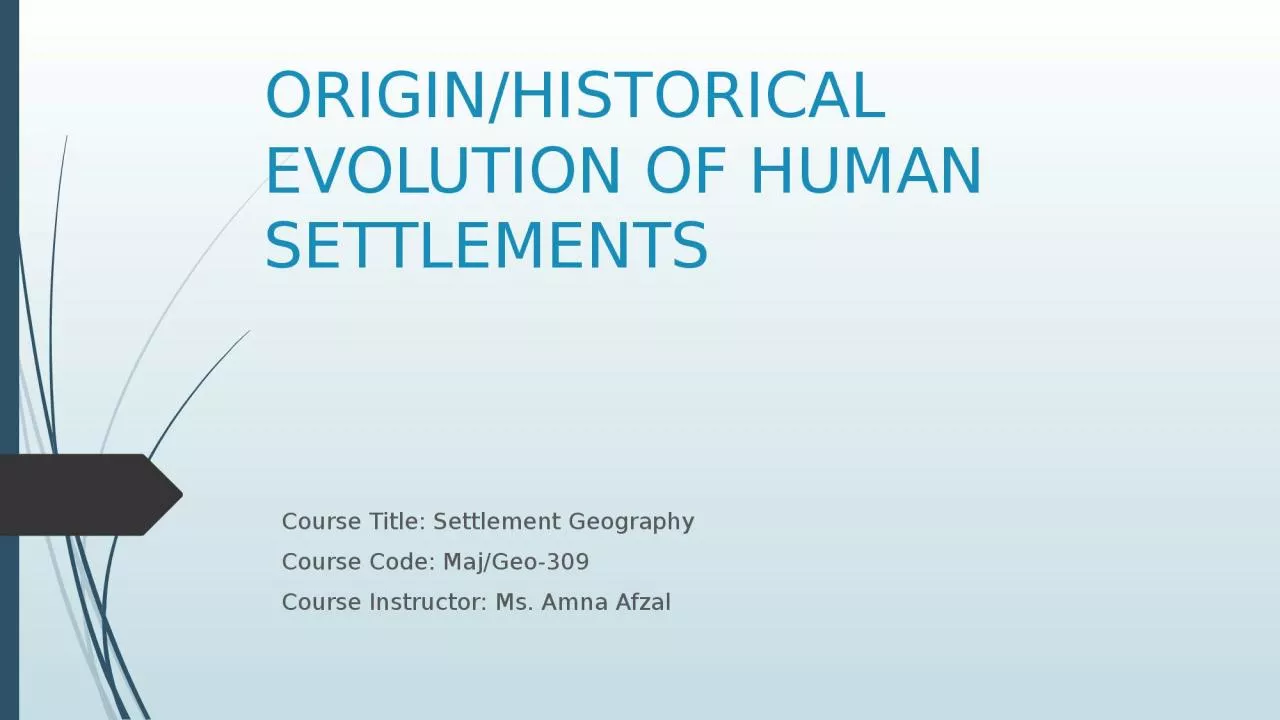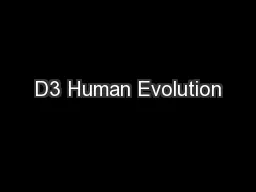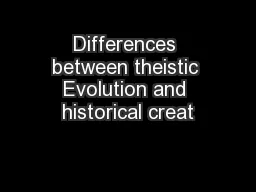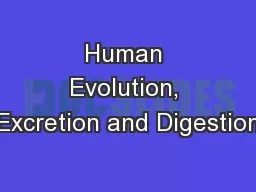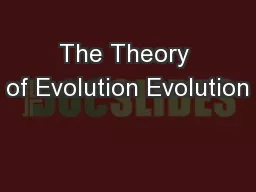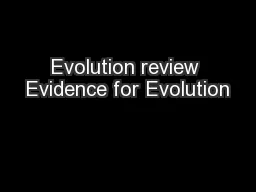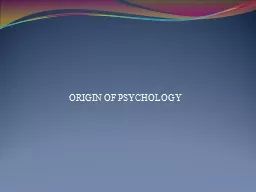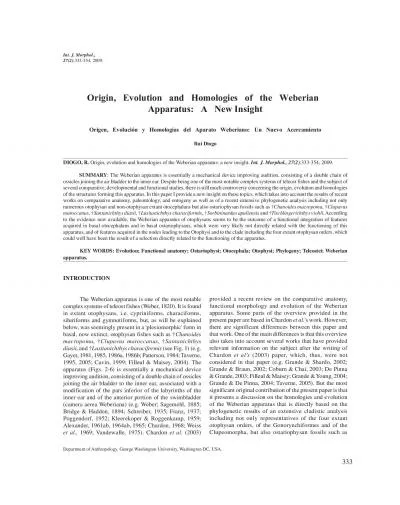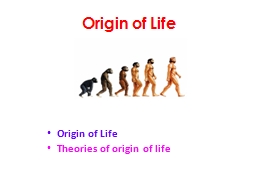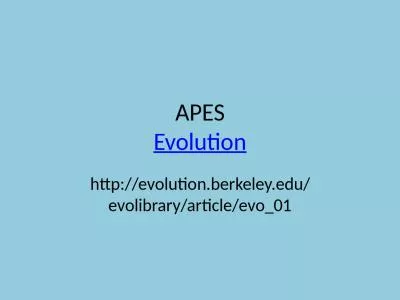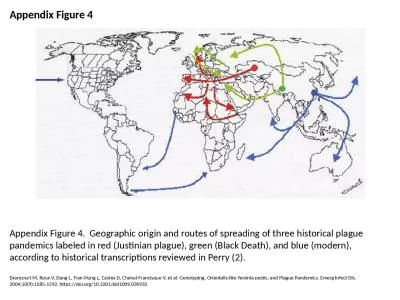PPT-ORIGIN/HISTORICAL EVOLUTION OF HUMAN
Author : jaena | Published Date : 2023-09-24
SETTLEMENTS Course Title Settlement Geography Course Code MajGeo309 Course Instructor Ms Amna Afzal Five Major Phases Primitive non organised human settlements started
Presentation Embed Code
Download Presentation
Download Presentation The PPT/PDF document "ORIGIN/HISTORICAL EVOLUTION OF HUMAN" is the property of its rightful owner. Permission is granted to download and print the materials on this website for personal, non-commercial use only, and to display it on your personal computer provided you do not modify the materials and that you retain all copyright notices contained in the materials. By downloading content from our website, you accept the terms of this agreement.
ORIGIN/HISTORICAL EVOLUTION OF HUMAN: Transcript
Download Rules Of Document
"ORIGIN/HISTORICAL EVOLUTION OF HUMAN"The content belongs to its owner. You may download and print it for personal use, without modification, and keep all copyright notices. By downloading, you agree to these terms.
Related Documents

